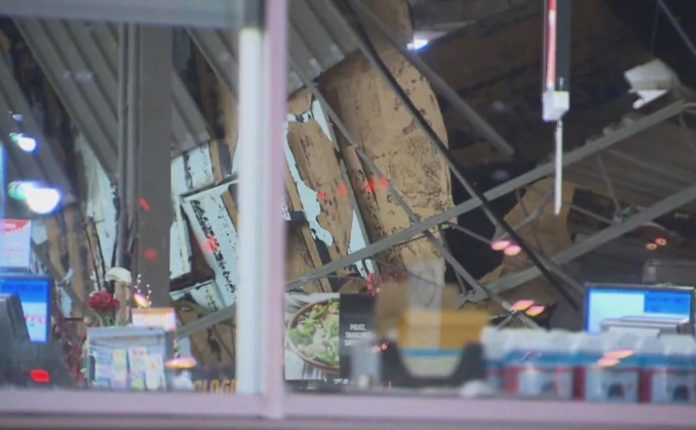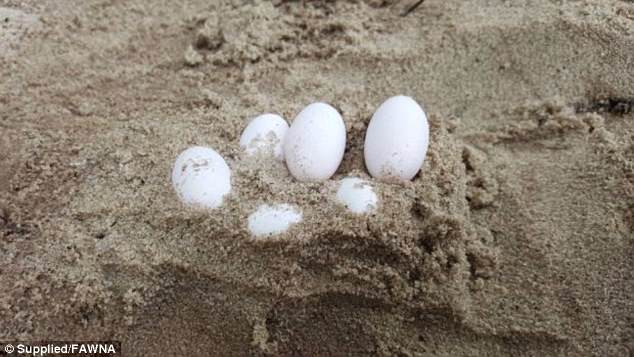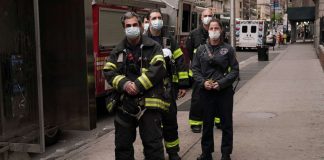Clerks and late night shoppers at a 24-hour grocery store in Terrebonne narrowly avoided disaster when a roof caved in Sunday night.
Just after 11 p.m., a handful of employees at the Metro Plus on Moody Blvd, near des Seigneurs Blvd noticed cracks in the ceiling, and contacted the local fire department.
Responders evacuated the building safely before roughly a third of the roof caved in.
No one was injured.
Firefighters believe the collapse was caused by snow and ice accumulation on the roof.
Debris from the roof also perforated a water pipe, flooding the inside of the grocery store.
It will remain closed until further notice, firefighters said.
Earlier Sunday evening, the roof of commerical building in Joliette also collapsed under snow weight.
The building contained offices for Strong-MDI, a cinema company that produces movie screens for IMAX.
It was empty at the time of the incident.
How to avoid the worst-case scenario
Snow accumulation can have serious consequences for residential and commercial buildings – things like cracks in walls, deformation in the ceiling or water in the walls, for example.
In more extreme cases, like those above, the roof of a building can cave in entirely.
Several roofs have collapsed in recent weeks in Quebec and Ontario following a spate of recent snowstorms.
According to the National Research Council of Canada, roofs are designed to support a weight of 21 pounds per square foot – roughly translated to a height of approximately 1.2 metres of fresh snow, or 60 centimetres of packed snow.
A roof can only support up to10 cm of ice before posing a risk.
When there is heavy snow accumulation on the roof, it’s recommended that homeowners clear the snow, especially if the roof is flat.
Alternatively, homeowners can turn to companies specialized in roof clearing to avoid injury.













